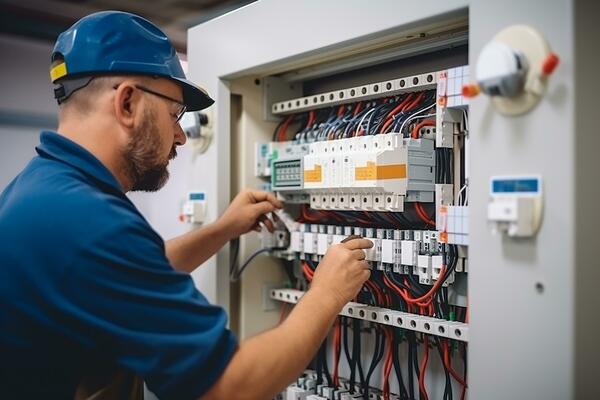A certified fire prevention engineer must have completed academic education, practical experience, and professional certification. It’s a difficult yet worthwhile process. The steps required to obtain a fire protection engineering certification are outlined in this article. It concentrates on the qualifications and professional routes that are crucial for individuals aspiring to be fire engineers, particularly those with an interest in fire engineering in Singapore. By following these steps, you can acquire the information necessary to excel in the field of fire safety engineering and work effectively as a fire engineering consultant.
Educational Requirements
Getting a strong education is the first step towards becoming a qualified fire protection engineer. A bachelor’s degree in engineering, particularly in fire protection engineering or a closely related field like mechanical, civil, or electrical engineering, is the first step towards becoming a fire protection engineer. Topics including building codes, fire dynamics, fire behaviour, and suppression systems are frequently included in fire safety engineering programmes. These courses aim to give students the foundational information needed to comprehend the intricacies of fire engineering. To broaden their knowledge and strengthen their credentials, some aspirants to become fire engineers may also decide to get a master’s degree in fire protection engineering.
In addition to formal education, it is crucial to stay updated with the latest advancements in fire safety engineering through continuous learning and professional development.
Gaining Practical Experience
After completing the necessary educational qualifications, gaining practical experience is the next crucial step. Most certification bodies require candidates to have several years of work experience in the field of fire protection engineering. This experience can be gained by working under the supervision of experienced fire engineering consultants or in roles that involve designing, testing, and maintaining fire protection systems. Practical experience helps aspiring fire engineers apply theoretical knowledge to real-world scenarios, enhancing their problem-solving skills and technical expertise. Working on diverse projects, such as commercial buildings, industrial facilities, and residential complexes, provides valuable insights into different aspects of fire safety engineering. Moreover, practical experience allows candidates to build a professional network and learn from industry experts, further enriching their understanding of fire protection engineering.
Obtaining Professional Certification

Professional certification is a critical milestone in becoming a recognised fire protection engineer. Certification demonstrates a high level of competence and commitment to the profession. In many regions, including Singapore, the most widely recognised certification for fire protection engineers is the Professional Engineer (PE) licence. To obtain this certification, candidates must pass a series of exams that test their knowledge and skills in fire protection engineering.
The process typically involves two main exams: the Fundamentals of Engineering (FE) exam and the Principles and Practice of Engineering (PE) exam. The FE exam covers general engineering principles, while the PE exam focuses specifically on fire protection engineering topics. In addition to passing these exams, candidates must meet the work experience requirements and adhere to ethical standards set by the certifying body. Certification enhances career prospects, enabling fire engineers to work as consultants, project managers, or regulatory compliance experts.
Specialising in Fire Protection Engineering
Specialisation within fire protection engineering can further enhance career opportunities and expertise. Fire engineers can choose to focus on areas such as fire detection and alarm systems, fire suppression systems, fire safety design, or fire investigation. Specialising allows engineers to develop in-depth knowledge and skills in a specific area of fire protection, making them valuable assets to employers and clients. For instance, a fire engineer specialising in fire suppression systems may work on designing and implementing advanced sprinkler systems, while another specialising in fire safety design might focus on creating fire-resistant building structures. Specialisation often requires additional training, certifications, and practical experience, but it can significantly boost an engineer’s professional profile and marketability.
In conclusion, becoming a certified fire protection engineer involves a comprehensive process of education, practical experience, professional certification, specialisation, active participation in professional associations, and continuous professional development. By following these steps, aspiring fire engineers can achieve certification and build successful careers in fire safety engineering, contributing to safer built environments and advancing the field of fire protection engineering.
For expert guidance and support in your journey to becoming a certified fire protection engineer, contact SHEVS IFT Consultants today.









